The Autoimmune-Skin Connection: 9 Subtle Changes You Can't Ignore
If you’ve ever paused in front of the mirror, catching sight of a new patch of dryness or a stubborn rash that seems to appear out of nowhere, you’re not alone. Skin is often the body’s earliest messenger, quietly reflecting shifts happening beneath the surface—sometimes even before you feel anything else. For many people, these subtle changes can be an early signal of an underlying autoimmune process. While we tend to associate autoimmune diseases with symptoms like joint pain or fatigue, the first hints may show up on our skin in ways that are easy to miss or dismiss.
1. Unexplained Rashes That Don’t Heal
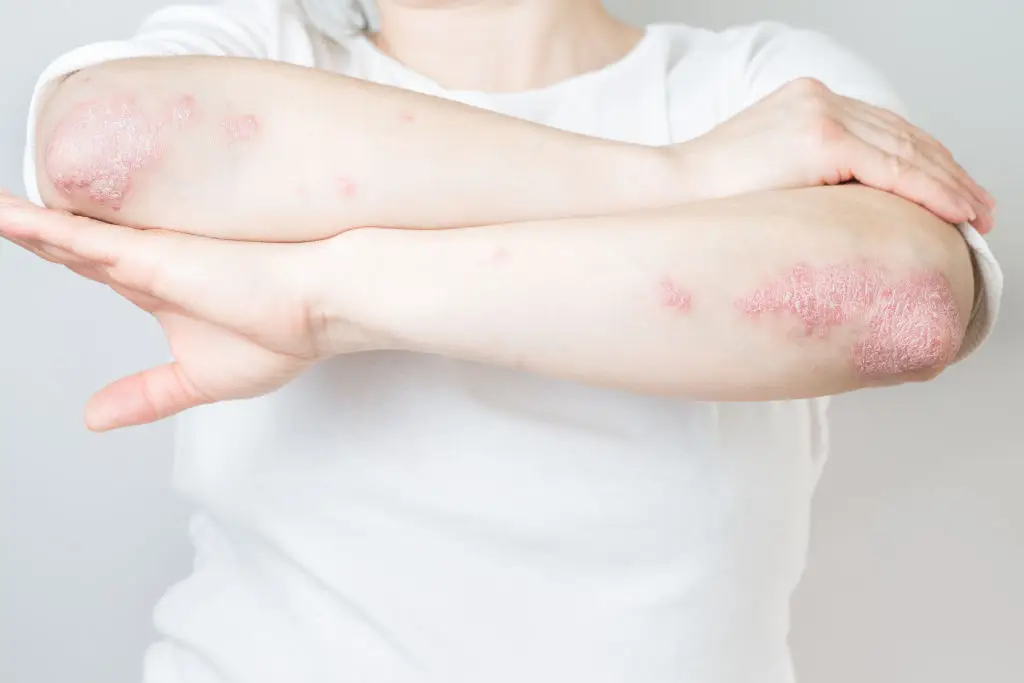
Some rashes just won’t take the hint and leave, even after you’ve tried every lotion or over-the-counter remedy in your cabinet. Unlike typical allergic reactions or irritations, these persistent rashes often show up in unusual places—think your cheeks, scalp, fingers, or even your chest. Dr. Kara Wada, a rheumatologist, notes that, “A rash that just won’t go away…can be a revealing piece of the puzzle” when it comes to uncovering autoimmune conditions. Unlike seasonal eczema or a bug bite, an autoimmune-related rash usually lingers, resists ordinary treatments, and sometimes intensifies after sun exposure or stress. You might notice it’s red, scaly, or oddly shaped. If you catch yourself covering the same patch day after day, it’s worth jotting down notes or snapping a photo for your healthcare provider. Listening to these changes isn’t about panicking—it’s a step toward understanding what your body may need. Gentle observation paired with professional advice can lead to early support and more peace of mind.
2. Butterfly-Shaped Rash Across the Cheeks and Nose

When a pink or red rash stretches across your cheeks and the bridge of your nose, creating a “butterfly” shape, it’s more than just a blush or irritation. This classic sign is often linked to lupus, an autoimmune condition that can affect various systems throughout the body. What sets this rash apart? It usually flares up or deepens after sun exposure and doesn’t follow the typical pattern of acne or rosacea. The butterfly rash can appear suddenly—sometimes after a day outside or during times of emotional stress—and may or may not itch. Not every case of redness on the face means lupus, but when the central facial area is involved without the bumps or pimples associated with common skin issues, it’s worth sharing this observation with your doctor. Paying attention to patterns and triggers helps build a richer picture of your health. Every detail—like changes in color, shape, or sensation—can offer valuable clues and support early, compassionate care.
3. Chronic Dryness Beyond the Usual
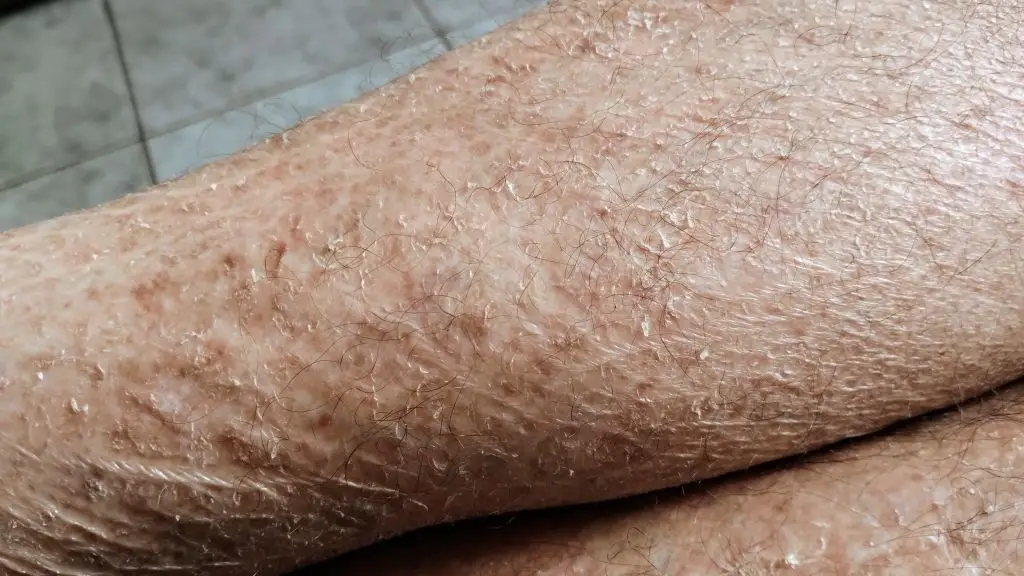
Almost everyone deals with dry skin at some point, especially during winter or after a hot shower. But if your skin feels perpetually parched—no matter how diligently you moisturize—or you notice flakes paired with a dry mouth and dry eyes, it could signal something deeper. Sjögren’s syndrome, which affects about 1 in 100 people (with women making up 90% of those cases), targets the body’s moisture-producing glands. According to Dr. Sandip Sachar, “This symptom may be an early sign of Sjögren's syndrome…affecting moisture-producing glands.” Persistent dryness might show up on your arms, hands, or lips, sometimes accompanied by a gritty feeling in the eyes or frequent thirst. If these seemingly separate changes start to overlap, keep track of them and bring the list to your provider. Relief often starts with small tweaks—using gentle cleansers, running a humidifier, or sipping water throughout the day. Above all, acknowledge these shifts without self-judgment; it’s a step toward personalized, compassionate self-care.
4. Skin Discoloration and Unusual Color Changes
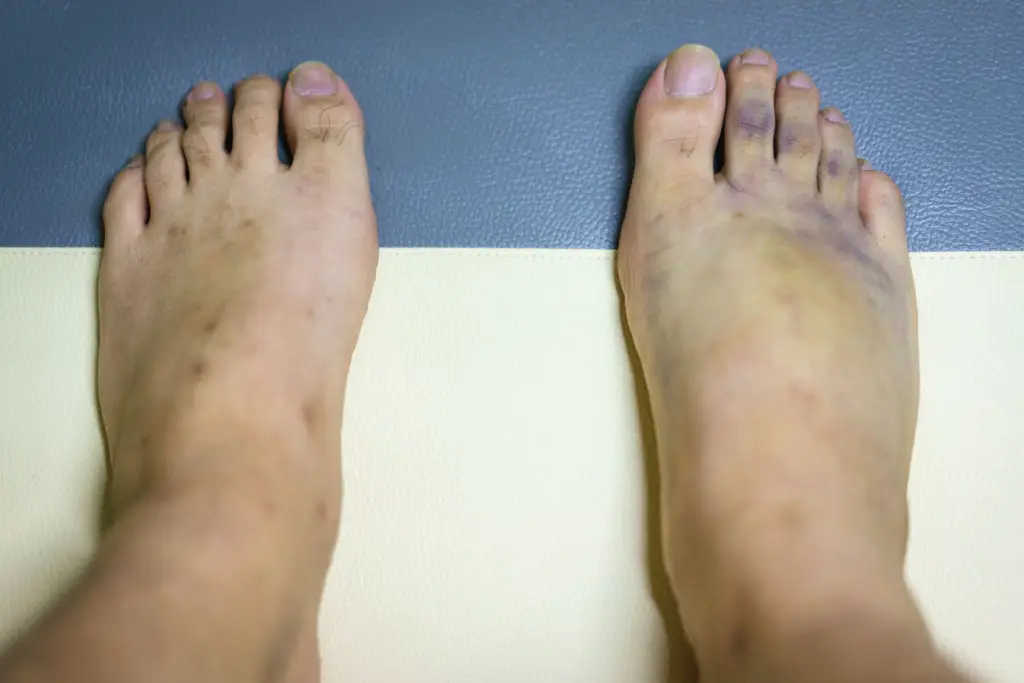
Healthy skin usually has a consistent tone, even if it changes slightly between seasons. But when you notice odd bruising, lingering redness, or patches that look unusually pale or yellow—without any obvious explanation—it could indicate more than just a surface change. Sometimes, these color shifts point to underlying autoimmune challenges, including issues with liver function, anemia, or blood vessel inflammation. Subtle darkening or new, persistent redness can be easy to overlook, especially if you chalk it up to aging or a transient issue. Try checking your skin in natural light and paying attention to areas you don’t always see, like your legs, stomach, or inside your elbows. These shifts aren’t always dramatic, but they matter; they’re the body’s quiet way of inviting a deeper look. Keeping notes, taking photos, or seeking a health professional’s perspective can help you care for both your skin and the wellness it reflects.
5. Sun Sensitivity Reactions

Some people are lifelong fans of sunshine, but when being outdoors suddenly leads to red, irritated, or blistered skin much faster than expected, it could be a sign of photosensitivity tied to autoimmune activity. For those with conditions like lupus or dermatomyositis, even a brief time in the sun might spark a rash or worsen existing skin changes. If you find yourself seeking shade more often—because your skin feels raw, itchy, or fragile after sun exposure—it’s worth paying attention. Photosensitivity can feel like an overreaction to even mild sunlight, and it may precede other symptoms like joint pain or fatigue. Wearing broad-brimmed hats or applying mineral sunscreen can offer relief, but if these reactions are new for you, mention them during routine health checkups. Remember, protecting your skin is not about missing out—it’s about partnering with your body and supporting your long-term wellness.
6. Swelling or Puffiness Without Clear Cause
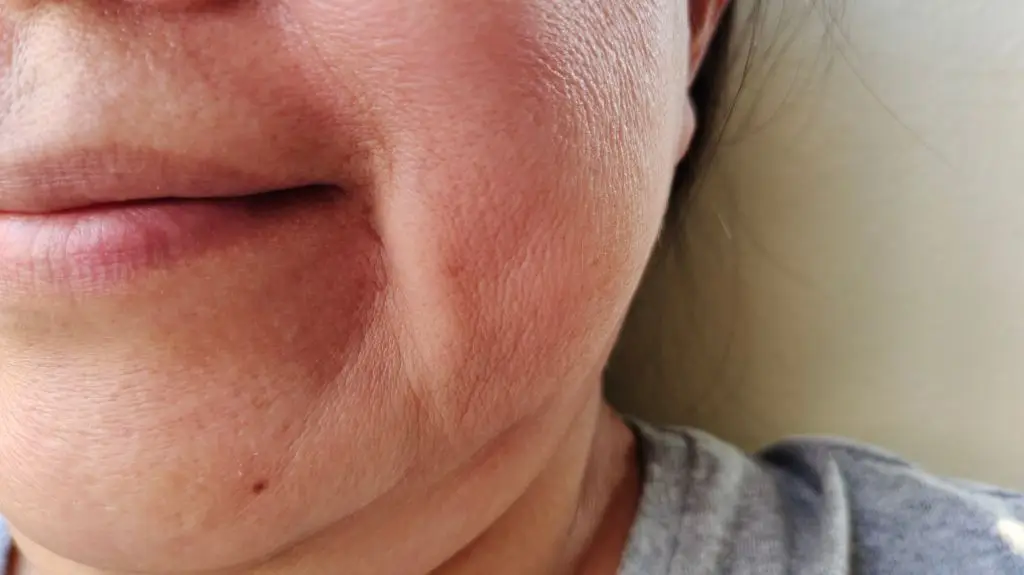
Swelling can happen for lots of reasons—a salty meal, a late night, an extra-intense workout. But when the skin on your hands, around your eyes, or across your cheeks seems persistently puffy without any obvious cause, autoimmune activity may be at play. This type of swelling often feels different than just a little bloating—it can last for days, feel tight, or look more exaggerated in the morning or after activity. The immune system sometimes causes inflammation in tissues just beneath the skin, sending subtle signals long before joint pain or fatigue appears. Swelling that sticks around deserves attention, not blame. Keep track of when and where you notice it, and if it disrupts your comfort or routine, talk with your provider. Gentle self-massage, cool compresses, and extra hydration may help, but the most healing step is simply acknowledging what you’re experiencing and seeking the support you need.
7. Purple or Red Lines (Livedo Reticularis)
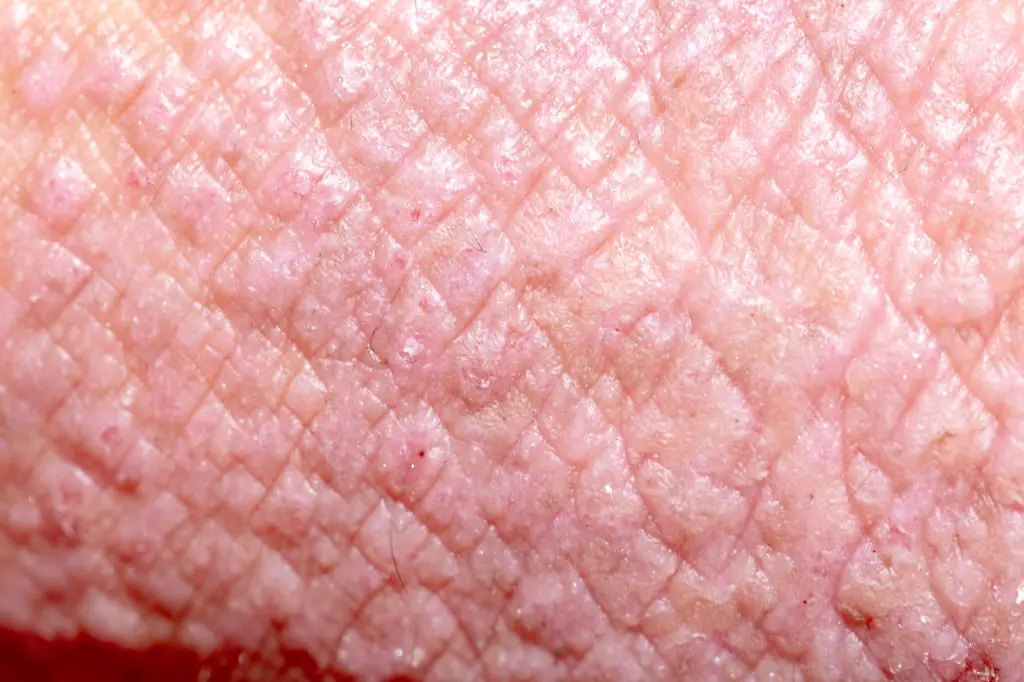
A network of purplish or reddish lines, almost resembling delicate lace or a fading bruise, sometimes appears on the skin—usually on the legs, forearms, or trunk. This is called livedo reticularis, and while it can be triggered by cold weather or brief changes in blood flow, its persistent presence can be associated with autoimmune conditions like lupus or other rheumatic diseases. These patterns often come and go, and they’re usually painless, but they can be unsettling if you haven’t noticed them before. The important thing isn’t to panic, but to stay curious—especially if they stick around, deepen in color, or appear alongside other changes. Snap a photo as a visual record and let your provider know. Every pattern tells a story, and livedo reticularis, in particular, offers another chance to listen compassionately to your body.
8. Non-Healing Sores or Ulcers
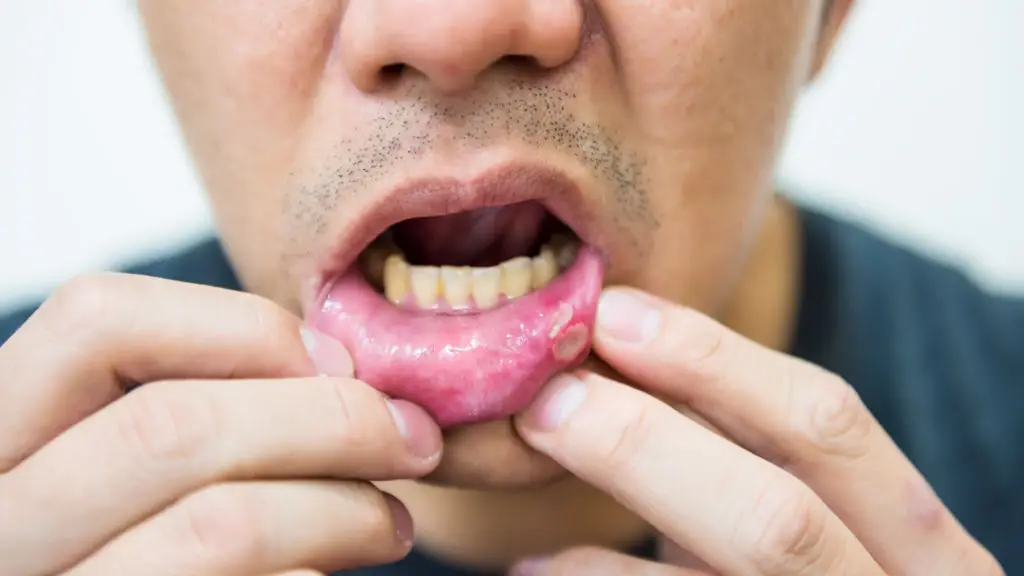
No one likes finding a sore that just won’t go away, whether it’s in the mouth, on the legs, or along your fingers. When these spots take longer than expected to heal, keep reopening, or refuse to close completely, they may be signaling immune system confusion. Though everyone sometimes deals with small cuts or canker sores, ulcers that linger for weeks can point to deeper inflammation or changes in blood flow commonly seen in certain autoimmune conditions. Instead of self-blame or frustration, acknowledge your body’s attempt to alert you and reach out to a care provider. Documenting how long the sore has lingered, any swelling or pain, or changes in color can help guide your provider toward helpful solutions. Remember: Noticing doesn’t equal panic. It’s an act of wisdom and care, opening pathways to better support and healing.
9. Hardening/Thickening or Shiny Skin Patches
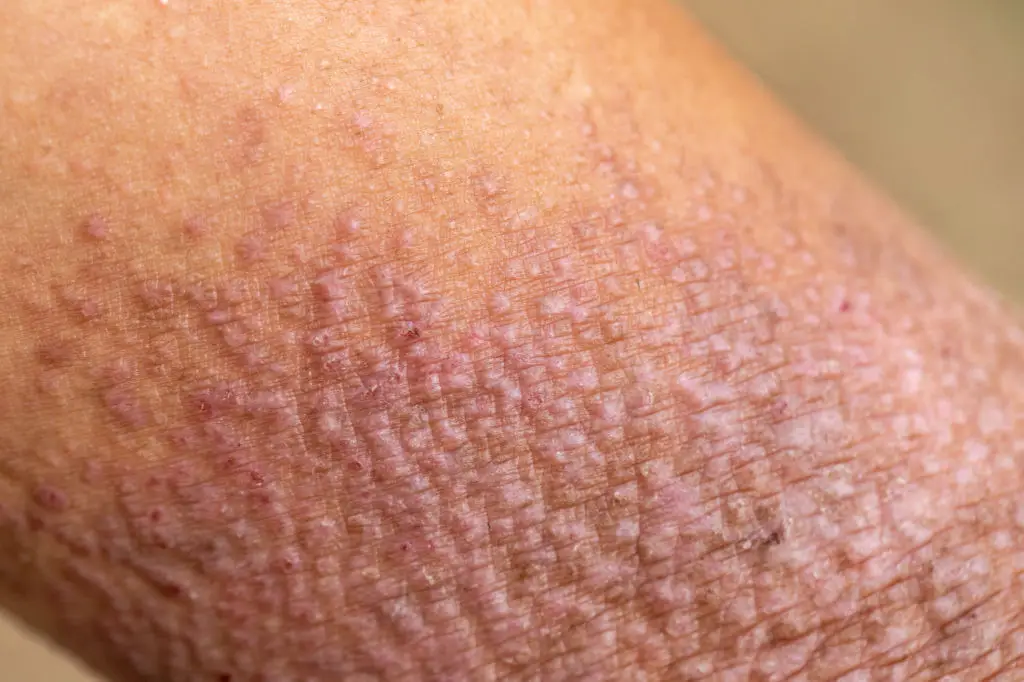
Sometimes, areas of your skin may start to feel different—harder, thicker, or shiny in a way they haven’t before. These changes typically unfold slowly and may show up on the fingers, hands, or lower arms. They can feel tight, almost as if the skin is being gently stretched, or appear slightly more reflective in some light. Such patterns can be early hallmarks of autoimmune conditions like scleroderma or dermatomyositis. While these changes may not be painful outright, they’re worth mentioning, especially if they restrict movement or are paired with muscle weakness. Try noticing not just the look, but also the feel of your skin. Gentle observation, rather than criticism, creates a space for self-kindness—and a valuable opportunity to connect with your healthcare team if you notice something new or “off.”
Trusting Your Body’s Subtle Messengers

Your skin is more than just your body’s wrapper—it’s an ever-present communicator, quietly voicing what may be happening on the inside. Whether you’ve noticed one of these subtle changes or simply want to be more tuned in, every act of self-observation is a step toward empowerment, not fear. The beauty of this awareness is that it offers you choices: to reach out, ask questions, and create a partnership with your healthcare provider built on trust and self-respect.
